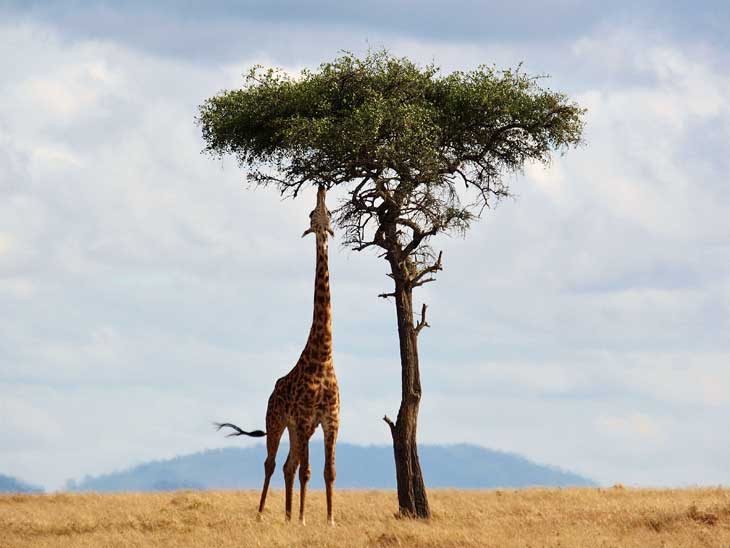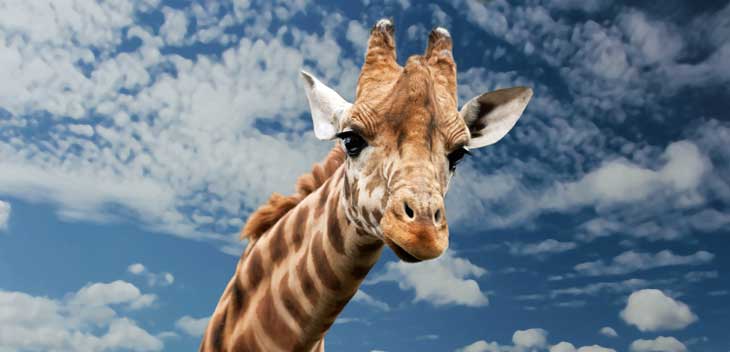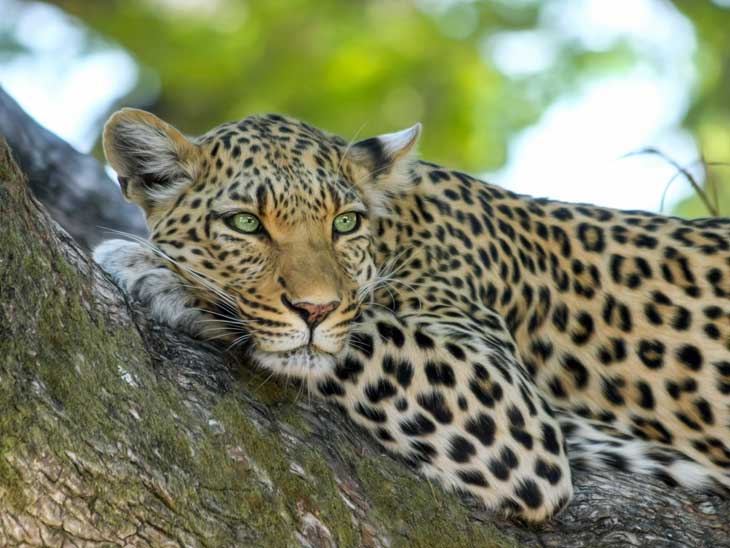
Getting Ready for a Safari Photo Tour
You’re facing a once in a lifetime opportunity of experiencing a safari and photographing African wildlife, but the preparations are making you feel lost? No worries, we made a basic guide to African safari photography trip to help you out! Here are the most crucial aspects of a safe and successful photography adventure!
A Responsible Adventure
If you’re an experienced and mature traveller, we won’t keep you away from planning your trip independently of travel companies or other third parties. If you admit it’s otherwise, we’d highly recommend cancelling your private car reservation and looking for an organised safari trip.

You can easily find tourist lodges in all Africa that provide guided trips. Under an experienced guide’s wings, you can safely enjoy your dream safari tour and focus on shooting the exotic wildlife.
Safety applies to the way you take the pictures, as well. Don’t try to get a perfect landscape shot or a unique portrait of a lion at any cost. Avoid perfection, respect the foreign culture and nature’s order, and enjoy the moment – you’re in Africa, for God’s sake!
You can improve your pictures at home with the help of Lightroom presets for landscapes, Photoshop’s Luminosity Masks or just some subtle corrections. It’s also a great opportunity to experiment with graphic design software and refresh your memories from the trip at the same time.
The Ultimate Photography Gear
There is no such thing. Every photographer has their own favourite gear – it’s a very subjective thing. Although we can share some pieces of advice with you and explain basic differences. Here we go!

Which one will be better for a safari trip – DSLR or hybrid camera?
Mirrorless cameras (hybrids) are trying to catch up to DSLRs, and they’re doing pretty good. Their huge advantage is that the body itself is lighter and handier since they don’t have to fit the mirror system of DSLR.
Instead of an optical viewfinder, they are set with an electronic one and an LCD screen. That may appear to be more convenient sometimes, but it affects the life of your camera’s battery, which is crucial on such a travel.
As for the quality of photographs, DSLR cameras are beyond any competition. Doesn’t matter how great reviews and what the price of a mirrorless camera is – hybrid is still just an upgraded superzoom compact camera.
Don’t worry if you already have a hybrid camera and can’t afford to buy a DSLR just for the trip – there’s no need! You don’t need a professional camera to save your safari memories. Make the best out of what you have.
The power lifespan of mirrorless cameras is shorter than DSLR’s? Get a good quality power bank! The quality of the pictures won’t be knock-out? The difference in the quality isn’t as visible as you’d think. Unless you want to print huge posters or wallpaper with the picture of elephants drinking water out of the pond you’re so proud of.
What lenses should I bring?
For your African tour generally – you can bring as many different lenses as you wish. But for the safari trip specifically, we’d rather advise you to take one, universal lens. Save your time choosing and changing lenses in the car on a bumpy road. Using one lens only will make you think and act more creatively.
With the lens of focal length 40-150mm, you’re going to do a great job! It’s an optimal length for your whole trip. If you’re freaking out missing a precious shot in the distance, you can consider bringing a slightly less handy 70-200mm lens. Although, the animals on a safari are in fact much closer to you than you’d think. The shorter focal length lens won’t disappoint you, no worries!
In addition, pack your camera tripod. It is lovely to have when on a watch for that particular wildlife.

What about camera settings?
No shaming for auto settings! Auto Focus and ISO are a true gift from the photography technology. Don’t get troubled with the aspects that your camera can take care of for you!
Obviously, you want the shutter speed to be as high as possible. The optimal setting would be about 1/1000-1/2500. Although since safari tours are organised usually before and after peak sun hours, watch the exposure level of your shots. Take a few test pictures and then choose the most appropriate shutter speed.
Regardless of the level of light, you’re photographing in, keep your speedlight off! You want your photographs to look natural. And, above all, you don’t want to disturb the animals. Roaring car driving around is stressful enough. Don’t make them more nervous with unnecessary and unexpected flashing light. Stressed wild animals may be deadly dangerous for you, as well.
How can I prepare my baby for this dusty road?
Strangely enough, we’d not recommend lens hoods for the trip! Protecting the lens glass with a UV filter will be effective on three levels:
- Protecting lens glass from dust, sand and scratches
- Won’t affect the contrast level (in the opposite to lens hood)
- Reducing flare (polarising effect)
To save the rest of the camera from the external factors, consider getting a camera hood. It’s comfortable in use case that is supposed to protect the gear from rain mostly. In the hood, no dusty wind will harm your precious camera, either!
Hopefully, you’ll find our tips useful! If you already have safari photography experiences and would like to share them with us – don’t hesitate to write to us! We’re waiting for your opinions and stories all the time. If your first safari trip is still ahead and you have some more questions popped out in your head, feel free to ask in the comments. We’ll do our best to help fellow vagabonds out!
